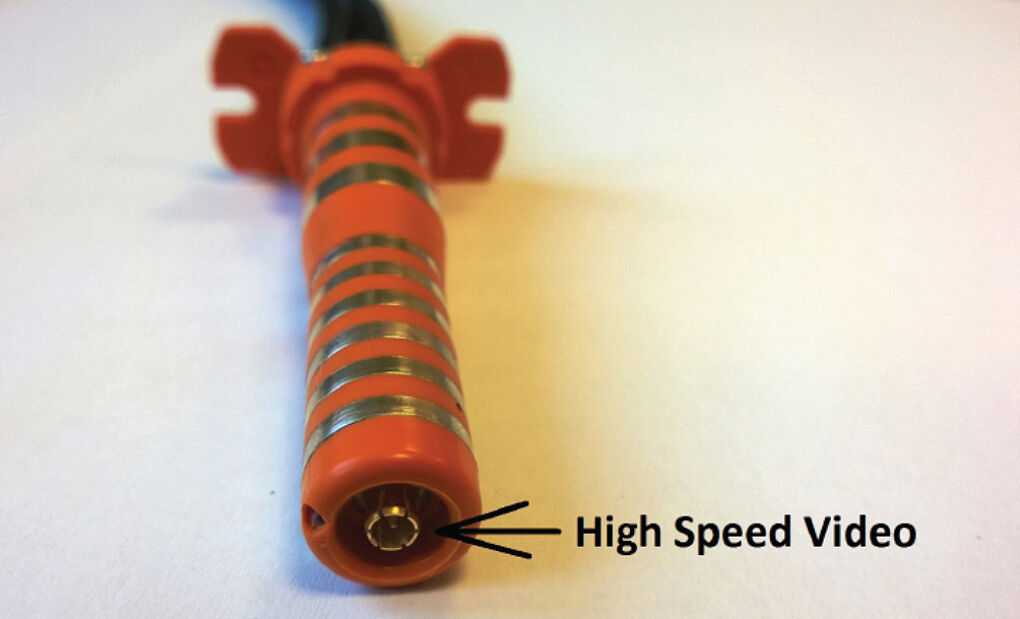HDC - 4K video endurance test successfully passed
HD and 4K are now standard in integrated operating rooms. The patented Ondal HDC system makes a significant contribution in reliably transmitting the 4K images from the camera to the monitors, without any time delay. In addition, HDC technology allows physicians to transmit images from the OR to external auditoriums and/or the PACS system.
"HDC 4K" allows medical teams to transmit video from modern 4K cameras via 6G-SDI or 12G-SDI signal output using HDC5 or HDC11. To be even more precise: HDC enables the simultaneous transmission of electrical power, high-speed video and other signals to end devices in the operating room.
The advantages of HDC (High Definition Commutators) technology at a glance:
- Brilliant UHD/4K video transmission (3840 x 2160 pixels) in combination with unlimited rotation of the in-light camera or monitors
- Signal transmission without any time delay (up to 60 Hz, 12.0 Gbit/s transmission)
- 100% transmission reliability (there is no interference with medical equipment in the operating room, nor with signals from external equipment thanks to metal mesh shielding and shielded high-frequency connectors)
What does 4K actually mean?
- 4K or also called UHD is currently the highest image resolution, i.e. an image is composed of up to 4096 (horizontal) x 2160 (vertical) pixels. This results in an absolute number of 8,847,360 pixels, also called pixels. Typically, each of the more than 8 million pixels is defined with 24 bits, i.e. a 24-digit number sequence consisting of "0" and "1" ( e.g. 10101100 10101110 10101010). These 24 bits contain only the exact hue and brightness information of a single pixel.
- Each of the more than 8 million pixels is defined by the intensity values of the 3 primary colors, for each of which 24 bits, e.g. "10101100 10101110 10101010" are transmitted. In order for video films to run on a screen without flickering or judder, it is necessary that 30 or even 60 frames are displayed per second. This results in a number of approx. 6 trillion bits to be transmitted at 30 frames/s or approx. 12 trillion bits at 60 frames/s. Note: 1 trillion corresponds to 1000 billion.
- This quantity requires enormous transmission speeds and thus places the highest demands on the components used, such as transmitters, RF connectors, coaxial lines and receivers.
Through extensive test setups and investigations with a state-of-the-art 4K/UHD analyzer and a spectrum analyzer/tracking generator, we have succeeded in proving the usability of HDC for this demanding 4K video transmission.

